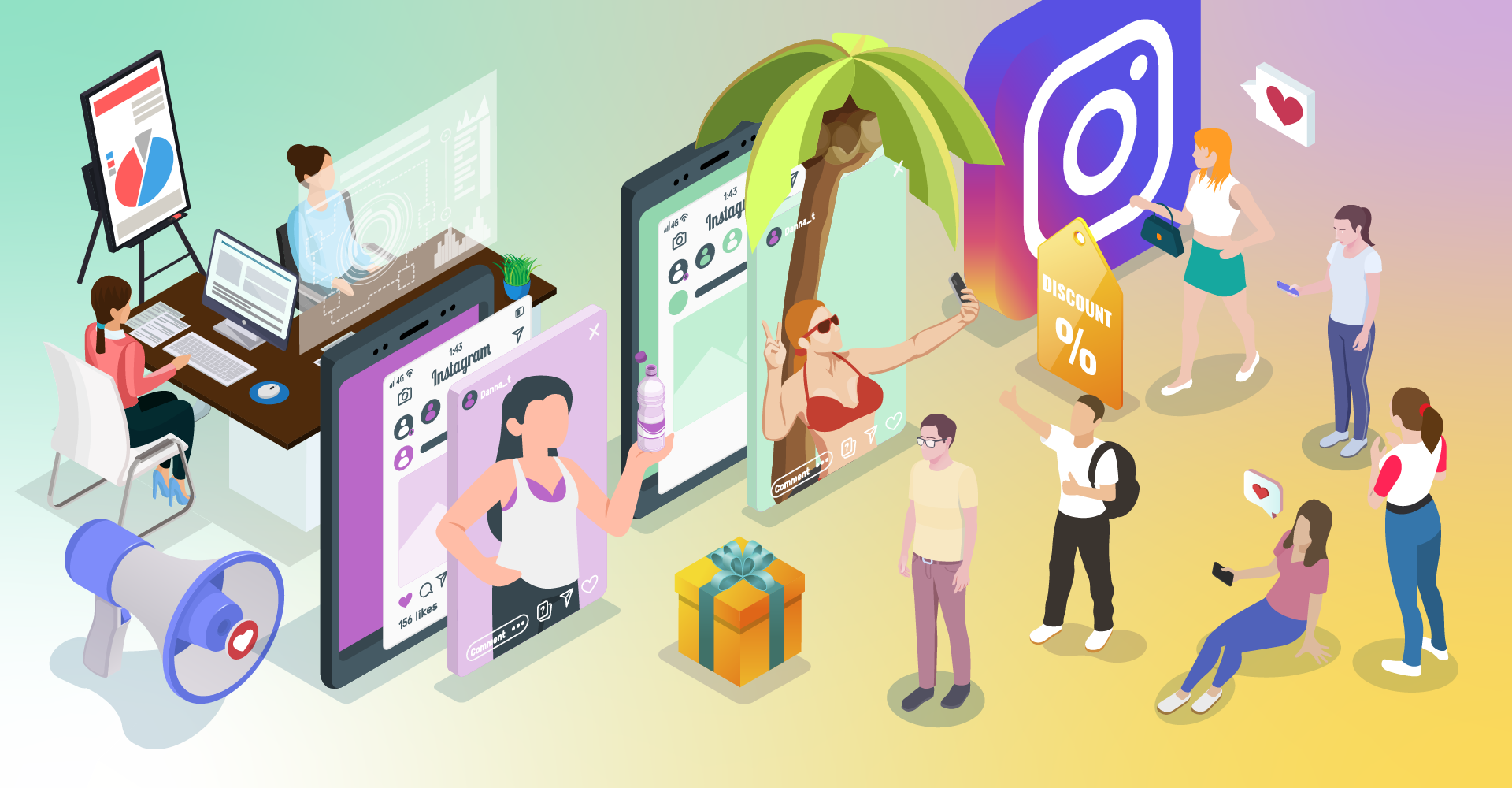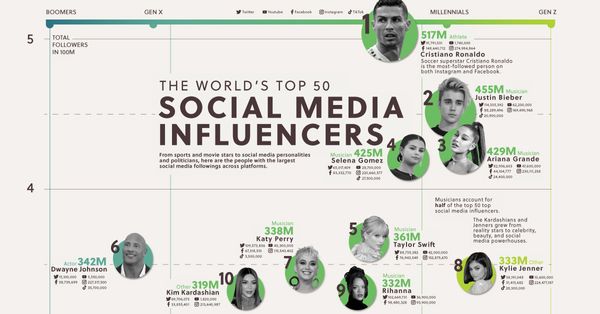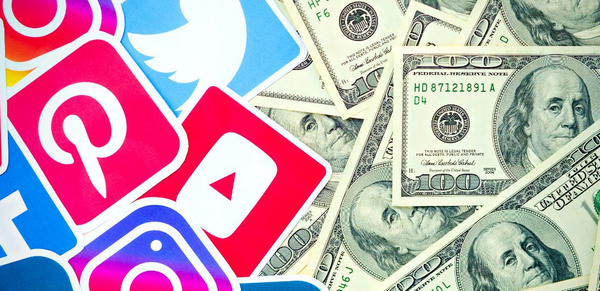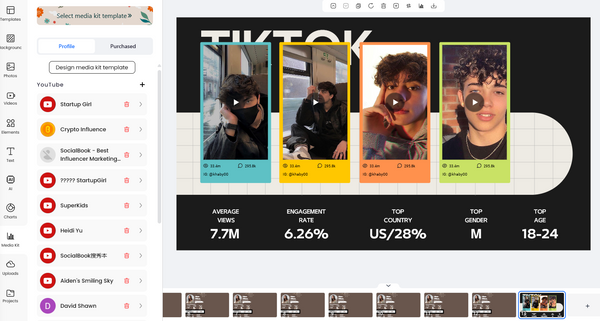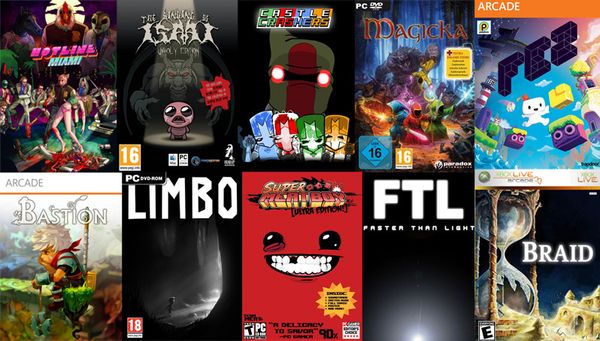In today’s digital marketing landscape, micro influencers have become a powerful tool for brands looking to increase visibility and drive sales. Unlike macro influencers with millions of followers, micro influencers typically have between 10,000 to 100,000 followers. Their audiences are more niche, engagement rates are higher, and their content feels more authentic. For e-commerce brands, partnering with micro influencers can not only boost brand awareness but also directly impact sales. In this article, we’ll dive deep into 5 practical tips to help e-commerce brands leverage micro influencer marketing to drive sales growth. Whether you’re a small business or an established brand, these strategies can help you maximize your ROI and build lasting relationships with your target audience.
1. Choose Micro Influencers Who Align with Your Brand
Why Alignment Matters
Micro influencers thrive on authenticity and trust. Their followers are highly engaged because they value the influencer’s opinions and recommendations. If an influencer’s content and values don’t align with your brand, the campaign may fall flat or even damage your brand’s reputation.
How to Find the Right Micro Influencers
- Define Your Target Audience: Start by understanding who your ideal customers are. For example, if you sell eco-friendly products, look for micro influencers who focus on sustainability and green living.
- Analyze Content Style: Ensure the influencer’s content style matches your brand’s image. If your brand is playful and fun, choose influencers who create lighthearted, engaging content.
- Check Engagement Rates: A smaller follower count doesn’t always mean lower impact. Look for influencers with high engagement rates (likes, comments, shares) as this indicates an active and interested audience.
- Use Tools to Simplify the Process: Platforms like Instagram’s search function or influencer marketing tools can help you filter influencers by niche, location, and engagement metrics.
Case Study: A Skincare Brand’s Success
A skincare brand targeting millennials partnered with a micro influencer who specialized in natural beauty products. The influencer’s authentic reviews and tutorials resonated with her audience, resulting in a 20% increase in website traffic and a 15% boost in sales during the campaign.
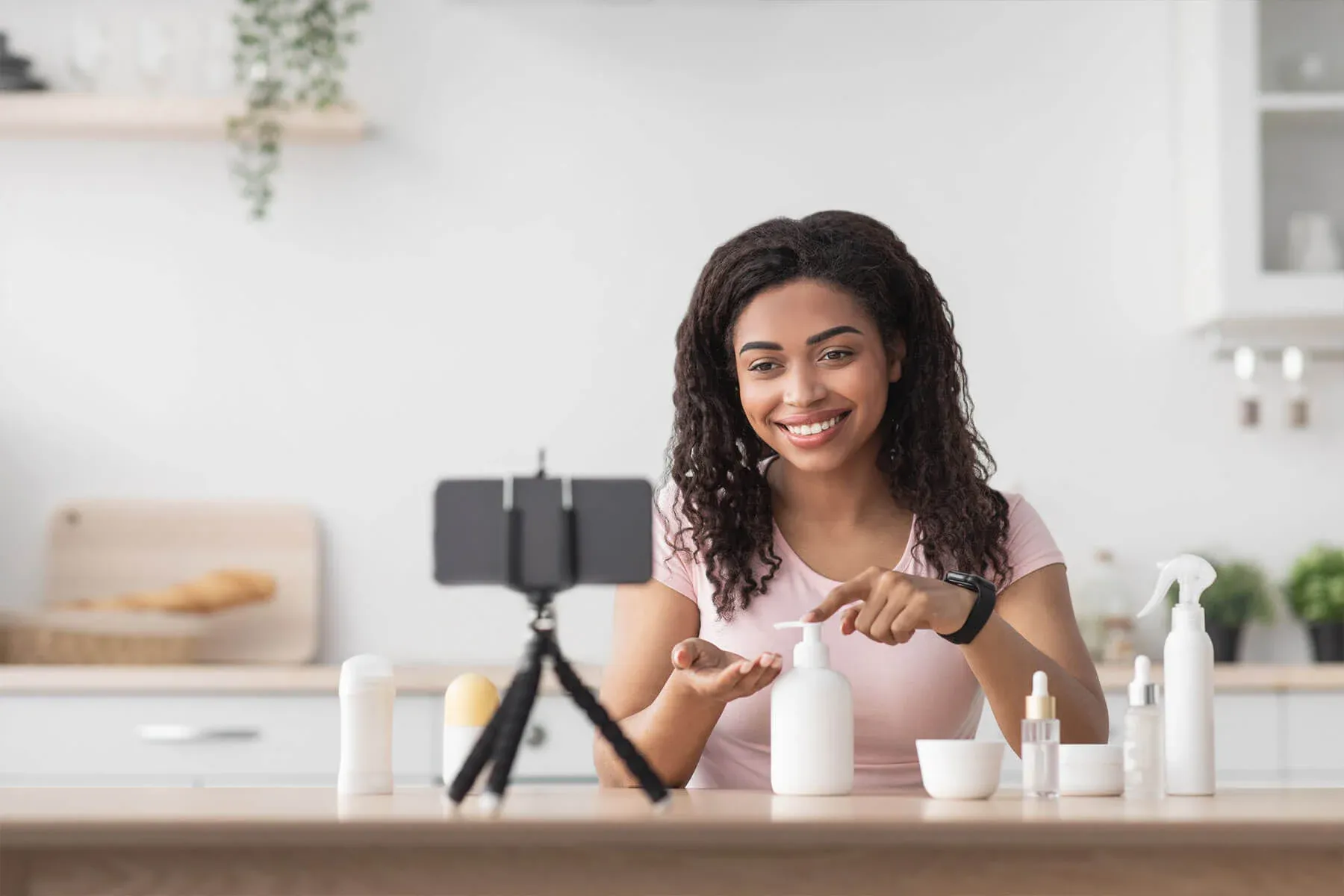
2. Set Clear Goals and KPIs
Why Goals Are Important
Without clear goals, it’s impossible to measure the success of your campaign. Setting specific objectives helps you track progress, optimize strategies, and justify your marketing spend.
Common KPIs for Micro Influencer Campaigns
- Sales Conversion Rate: Track sales using unique discount codes or affiliate links.
- Engagement Rate: Monitor likes, comments, and shares to gauge audience interest.
- Brand Reach: Measure how many potential customers were exposed to your brand through the influencer’s content.
- Return on Investment (ROI): Calculate the revenue generated compared to the cost of the campaign.
How to Set Goals
- Short-Term Goals: For example, boosting sales during a holiday promotion or launching a new product.
- Long-Term Goals: Such as increasing brand loyalty, building a community, or improving brand perception over time.
Example: Setting SMART Goals
A fitness apparel brand set a SMART goal for their micro influencer campaign: “Increase online sales by 25% within three months using influencer-generated content and exclusive discount codes.” This clear, measurable goal allowed them to track progress and adjust strategies as needed.

3. Offer Exclusive Discounts and Incentives
Why Exclusive Offers Work
Exclusive discounts and incentives create a sense of urgency and exclusivity, encouraging followers to take immediate action. Micro influencers’ audiences are more likely to trust and act on recommendations when they feel they’re getting a special deal.
How to Create Exclusive Offers
- Discount Codes: Provide each influencer with a unique code to track sales and measure performance.
- Limited-Time Promotions: Create urgency with time-sensitive deals, such as “24-hour flash sales.”
- Free Gifts or Bundles: Offer free gifts with purchases or bundle deals to increase perceived value.
- Giveaways: Collaborate with influencers to host giveaways, encouraging followers to engage with your brand.
Case Study: A Fashion Brand’s Campaign
A fashion brand partnered with three micro influencers to promote their new collection. Each influencer shared a unique discount code with their followers, and the brand offered free shipping for orders over $50. The campaign resulted in a 30% increase in sales, with 60% of orders coming from influencer referrals.

4. Create Authentic and Engaging Content
Why Authenticity Matters
Micro influencer audiences value genuine content. Overly promotional posts can feel inauthentic and turn followers away. The key is to strike a balance between promoting your product and maintaining the influencer’s unique voice.
How to Create Engaging Content
- Storytelling: Encourage influencers to share personal experiences with your product. For example, a fitness influencer could post a before-and-after transformation using your workout gear.
- High-Quality Visuals: Invest in professional-looking photos and videos to capture attention. Provide influencers with product samples and creative guidelines to ensure consistency.
- Interactive Content: Use polls, Q&A sessions, or giveaways to engage followers and encourage participation.
- Behind-the-Scenes Content: Share behind-the-scenes glimpses of your brand, such as product development or team stories, to humanize your business.
Case Study: A Food Brand’s Success
A food brand collaborated with a micro influencer who shared her journey of incorporating their products into her family meals. Her authentic recipes and heartfelt stories resonated with her audience, leading to a 40% increase in product sales during the campaign.
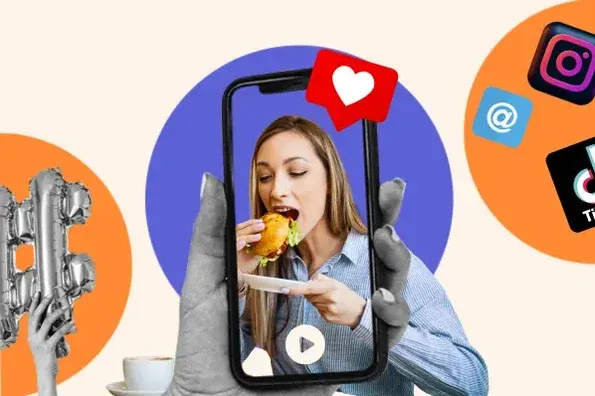
5. Build Long-Term Relationships
Why Long-Term Partnerships Matter
Long-term collaborations with micro influencers can reduce costs, build trust, and create a consistent brand presence. Over time, influencers become genuine advocates for your brand, which strengthens their impact on their audience.
How to Foster Long-Term Relationships
- Regular Campaigns: Schedule monthly or quarterly collaborations to maintain visibility and keep your brand top-of-mind.
- Involve Influencers in Brand Activities: Invite them to product launches, ask for their input on new products, or feature them in your marketing materials.
- Feedback Loop: Regularly communicate with influencers to gather feedback and improve future campaigns. This shows that you value their opinion and strengthens your partnership.
- Exclusive Perks: Offer long-term partners exclusive perks, such as early access to new products or higher commission rates.
Case Study: A Beauty Brand’s Strategy
A beauty brand maintained a year-long partnership with a micro influencer, who regularly posted tutorials and reviews featuring their products. The influencer also participated in product development, providing valuable insights that helped the brand improve its offerings. Sales grew by 40% during the partnership, and the influencer’s audience became loyal customers.
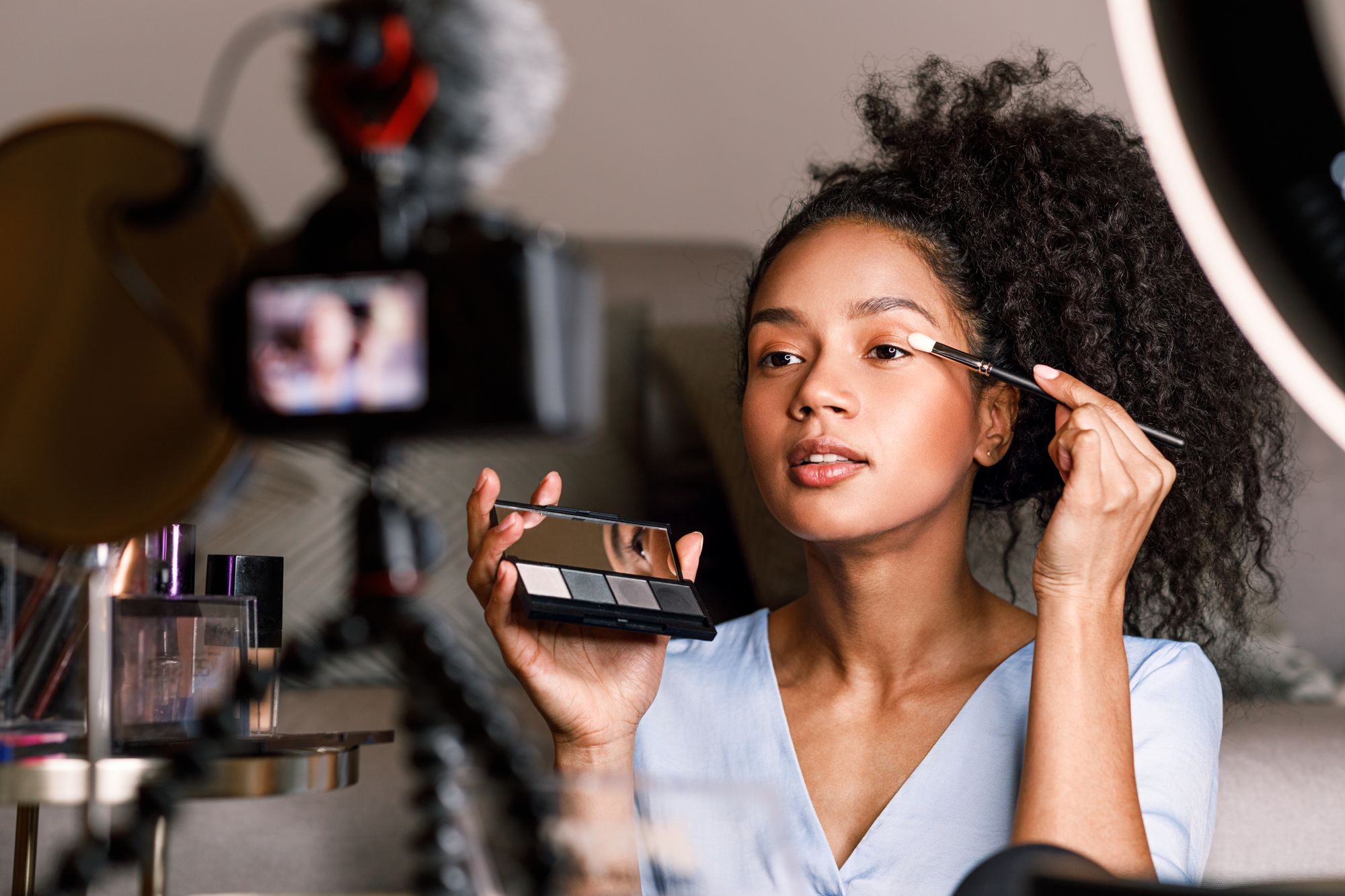
Bonus Tip: Leverage User-Generated Content (UGC)
Why UGC Matters
User-generated content (UGC) is a powerful way to amplify your micro influencer campaigns. When followers see real people using and enjoying your products, it builds trust and encourages them to make a purchase.
How to Encourage UGC
- Hashtag Campaigns: Create a branded hashtag and encourage influencers and their followers to share content using it.
- Repost UGC: Share user-generated content on your brand’s social media channels to show appreciation and build community.
- Incentivize Participation: Offer discounts or prizes for followers who share photos or videos of your products.
Pro Tip for Brands: Looking to enhance your brand's presence through influencer collaborations in 2025? Platforms like SocialBook Product Launcher can help you connect effortlessly with micro-influencers. These tools allow influencers to directly propose collaboration ideas, making it simpler for you to find the ideal partner to represent your brand.
The Role of Micro Influencers in Building Brand Loyalty
Why Micro Influencers Excel at Building Loyalty
Micro influencers often have a closer relationship with their followers compared to macro influencers. Their recommendations feel more like advice from a friend than a paid advertisement. This personal connection can translate into stronger brand loyalty among their audience.
Strategies to Build Loyalty
- Exclusive Access: Offer influencers and their followers early access to new products or special events.
- Community Engagement: Encourage influencers to engage with their followers on your behalf, answering questions and sharing tips.
- Loyalty Programs: Create loyalty programs that reward repeat customers, and promote them through your influencer partnerships.
Measuring the Success of Your Micro Influencer Campaigns
Key Metrics to Track
- Engagement Rate: High engagement rates indicate that the content resonates with the audience.
- Conversion Rate: Track how many followers are taking the desired action, such as making a purchase or signing up for a newsletter.
- Return on Ad Spend (ROAS): Calculate the revenue generated for every dollar spent on the campaign.
- Customer Lifetime Value (CLV): Measure the long-term value of customers acquired through influencer campaigns.
Tools for Tracking Success
- Google Analytics: Track website traffic and conversions from influencer links.
- Social Media Analytics: Use built-in analytics tools on platforms like Instagram and TikTok to measure engagement and reach.
- Influencer Marketing Platforms: Platforms like SocialBook offer advanced tracking and reporting features.
Common Mistakes to Avoid in Micro Influencer Marketing
1. Focusing Only on Follower Count
While follower count is important, engagement rate and audience quality are far more critical. A micro influencer with 20,000 highly engaged followers can outperform a macro influencer with 200,000 disengaged followers.
2. Overlooking Contracts and Agreements
Always formalize partnerships with clear contracts that outline deliverables, timelines, and payment terms. This protects both parties and ensures expectations are met.
3. Ignoring Long-Term Relationships
One-off campaigns can be effective, but long-term partnerships yield better results. Invest in building relationships with influencers who genuinely align with your brand.
4. Neglecting to Track Results
Without tracking key metrics, you won’t know what’s working and what’s not. Use analytics tools to measure the success of your campaigns and make data-driven decisions.
Conclusion
Micro influencer marketing is a cost-effective way for e-commerce brands to boost sales, increase brand awareness, and build trust with their target audience. By choosing the right influencers, setting clear goals, offering exclusive deals, creating authentic content, and fostering long-term relationships, you can maximize the impact of your campaigns.
The key to success lies in authenticity and strategic planning. Micro influencers may have smaller audiences, but their ability to connect deeply with their followers makes them a valuable asset for any e-commerce brand. Start implementing these tips today, and watch your sales grow while building meaningful relationships with your customers.
If you’re ready to take your e-commerce business to the next level, micro influencer marketing is a strategy worth exploring. With the right approach, you can turn influencers into brand advocates and their followers into loyal customers.


